Valeria Gonzalez Borasca
Where do you live: Between Buenos Aires (Argentina), Bogota (Colombia) and a boat somewhere on the sea
Your education: Bachelor in Marine Science and Master in Conservation and Use of Biodiversity
Describe your art in three words: Sensitive · Self-searching
Your discipline: Street photography · Wildlife photography · Landscape photography · Conservation photography
You mentioned that reading National Geographic first sparked your love for photography. Can you share a specific story or photograph from those magazines that left a lasting impression on you?
The photo that I can always remember is the one taken by Steve Mc Curry in 1984, the Afghan girl, Sharbat Gula. Published in the cover of National Geographic in 1985. That photo was so incredible, had such power, told so much. I learned about the photograph when, in 2002, he went to find her and took a photo as an adult and got to know what happened to her years later. Two years ago, I went to an exhibition over 100 photos of Steve Mc Curry in Buenos Aires (Argentina) and finally I could see this photo, besides other photos of his trajectory. I remember thinking “I want to travel and get my photos published in magazine and show my photos to the world”.
Another photo I loved is December 2000 cover of the face of a polar bear. This photo was so cute. Since I was little, I loved animals; I was the kind of person who wanted to touch every animal I saw. Since then, I would love to travel the world being I wildlife photographer and maybe, if I am lucky enough, let animals get closer and pups interacting with me.
How did receiving your first analogue Canon camera influence your early photographic style and approach?
When I was 15, I started developing an interest in taking photos. I told my parents about it. I used to talk with my father about photography, because he used to be a wedding photographer. So, it was a beautiful and thoughtful surprise when they gave me that camera. My analogue camera helps to understand how the camera really works and since you had a limited number of shots you really need to observe where you are to see your perfect shot. Also, when I went out to take photos, I needed to think where and what I was doing to know what kind of film roll I would buy.
Growing up as the daughter of a diplomat, you have lived in different countries. How has this international background shaped your way of seeing and photographing the world?
This way of life has made me a very open-minded person, and I have the capacity to adapt to diverse places and cultures. I love getting to know the customs, people, nature and food of the places I visited or lived, becoming part of the place. Sometimes searching places more pristine, not so touristic where I could find hidden treasures. Also, I learned how to be respectful, when to take or not take photos. And sometimes to look the beauty in small things; when you travel this much you learn how to observe and listen.
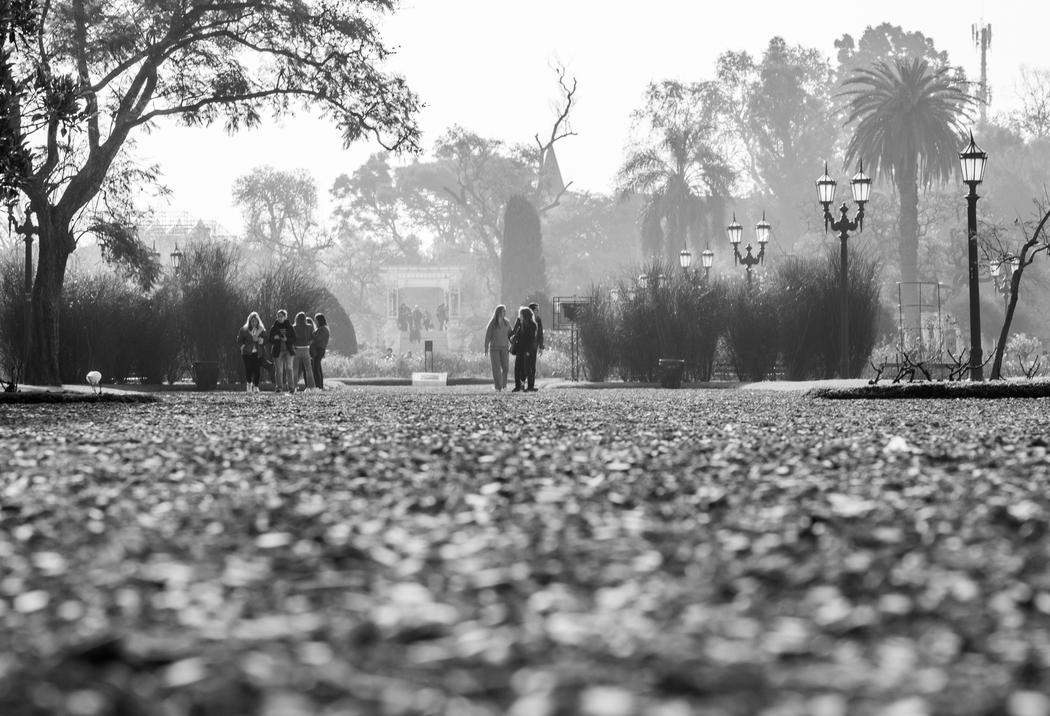
Among all the places you have traveled for marine science research and photography, which location has been the most transformative for you and why?
That one will be the year a spent in the Mamiraua Reserve, in the Brazilian Amazon. I was working as a research assistance for the Boto Project. This is a project that started in 1994, studying the two species of river dolphins, grey and Amazon River dolphin. Me and the other researcher had to collect data and photo-ID the branded Amazon River dolphins. Because of these dolphins being branded is like they have a name, and some of them you keep seeing them regularly. You know which of them are related, in places can be spotted, …. After a year of photographing these amazing creatures, they became like your family; you get excited when you see the females with a new calf or you find out that they are pregnant (I remember feeling like an aunty when I found out).
That job became much more. From day one, it was an adventure just by living in the jungle.
Seeing different animals visiting your house: lizards, geckos, alligators, frogs, toads, bats, etc. Enjoying amazing sunsets, seeing the sky turning in different shapes of colors, as the sun went down. Getting up with the howler monkeys and to sleep with the sounds of frogs. Going to the different communities inside and around the Reserve, getting to know the locals, riverine people called “caboclos”. Amazing people that open their homes and hearts to me. A learned to cook fishes in different ways, learned canoe, to fish, learn Portuguese, etc. They used to say to me that I was another “cabocla”.
It was really happy year for me. And still today all those adventures stay in my memories. Learn to be one with the place.
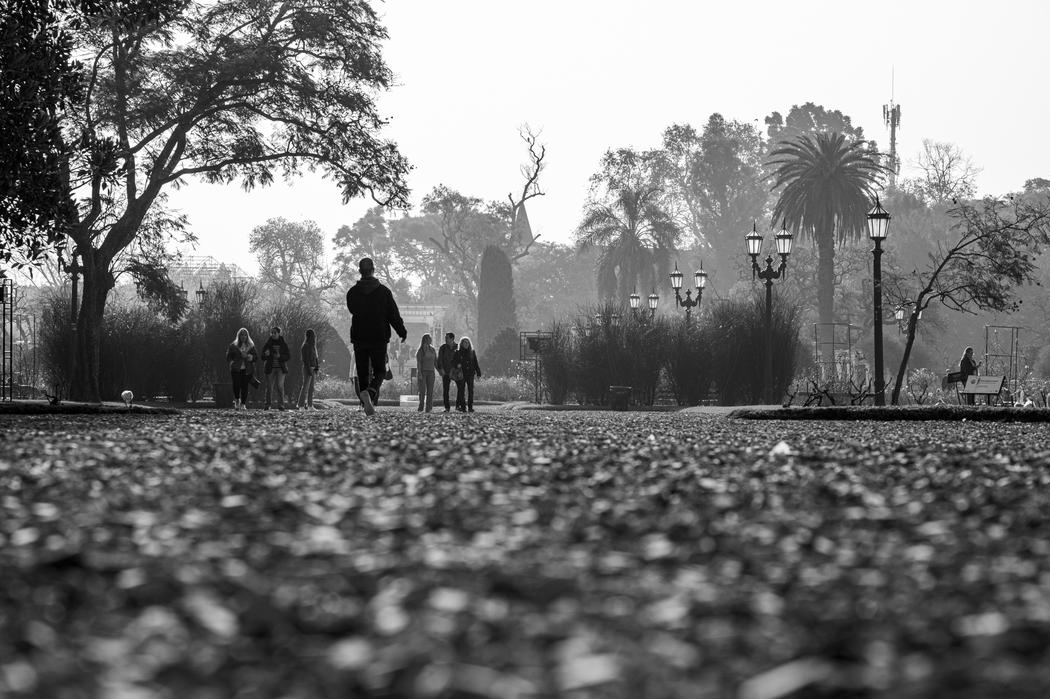
Your work ranges from landscapes and wildlife to street and conservation photography. How do you decide which subject or story to capture?
More than me deciding what to capture, is the place that decides for me. If I am spending most of my time in a city, my photography will be more related to streets, gardens, places and people. When I was working as whale watching guide my photography was more focused in the marine life of the area. If I am in a barbecue with friends, they will be the main focus. I will take pictures of my friends without they noticing. In October I spent one week in Aruba, so I decided to investigate a little about the island, to learn what the island could offer me: beaches, sunsets, landscape, etc. My recommendation is wherever you are, investigate what the place has to offer.
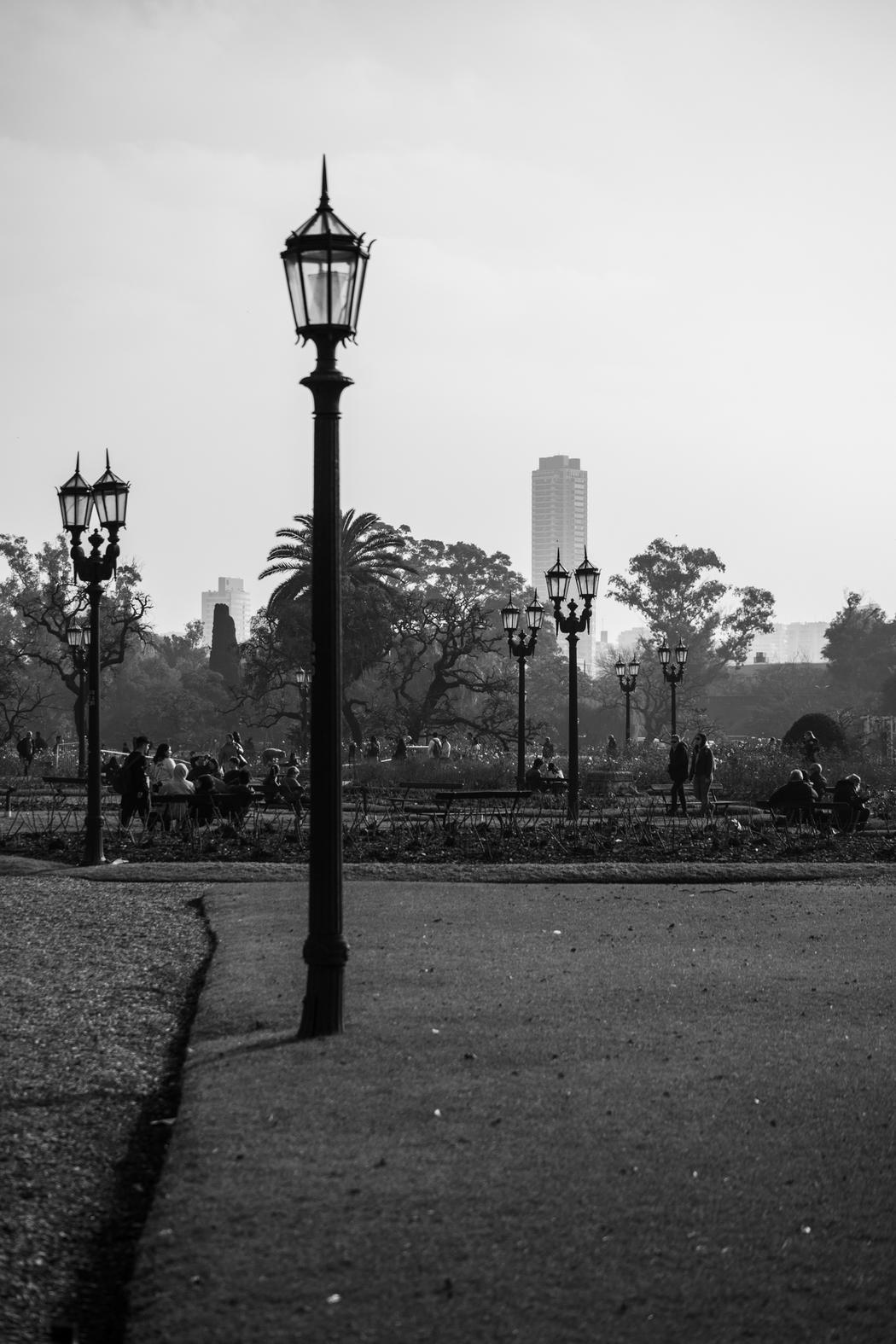
As a marine scientist, you often combine photography with conservation work such as whale and dolphin identification. Could you tell us about a memorable project where photography made a real difference?
I would like to think that in all the projects I participated I made a difference, because the photos I have taken are part of a catalog that could help identified new or already catalogued individuals. My photos could be part of a poster, conferences or social media that could help raise awareness in the local public.
One project that could make a difference on my own terms is a social media site called “Valeriaaroundtheworld” (FB and IG), where I publish about some of the trips I have done. I like showing different species I saw with some information in each photo, as well as the places I see. One time I remembered making a post about how to photo ID fin whales and a colleague shared it in her social media; I remember feeling so proud.
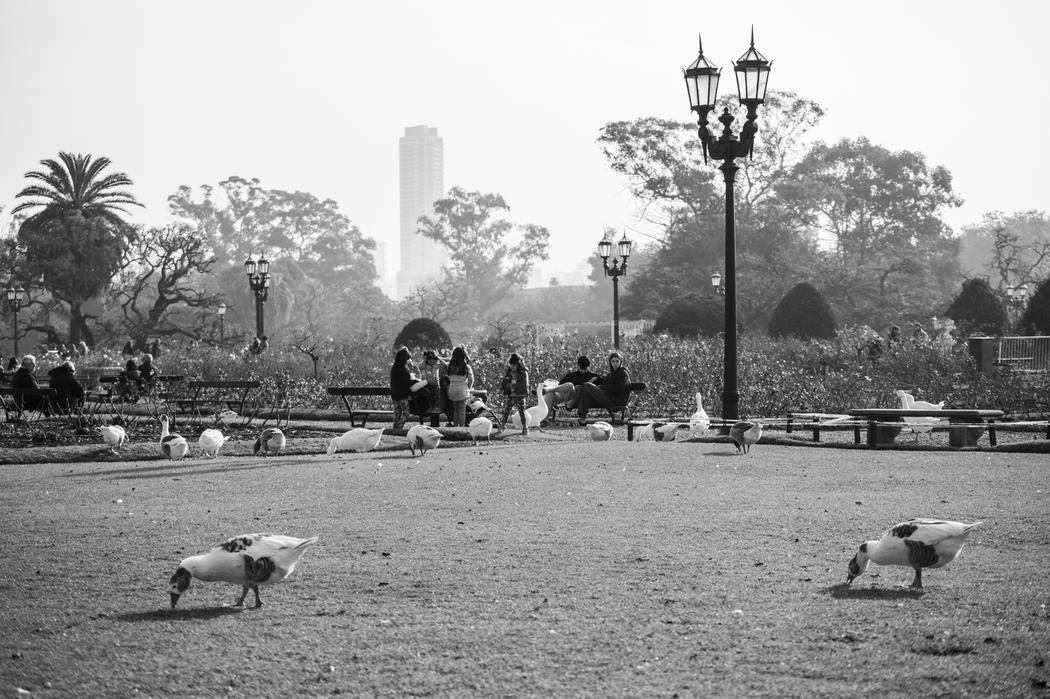
What message about the environment do you hope viewers take away from your photographs?
That the beauty of nature is also dependent on the viewer; when you take a photograph, the photograph is yours; nobody else will take the same photograph because the photographer is unique, just like the scene is unique. When you take a picture, focus on what you believe only you can see, so the shot is yours. Share that and appreciate when you see somebody else’s photographs, because they are sharing more than just a photograph of nature; they are sharing the way they see the world, and we all can see the same thing and see it differently.

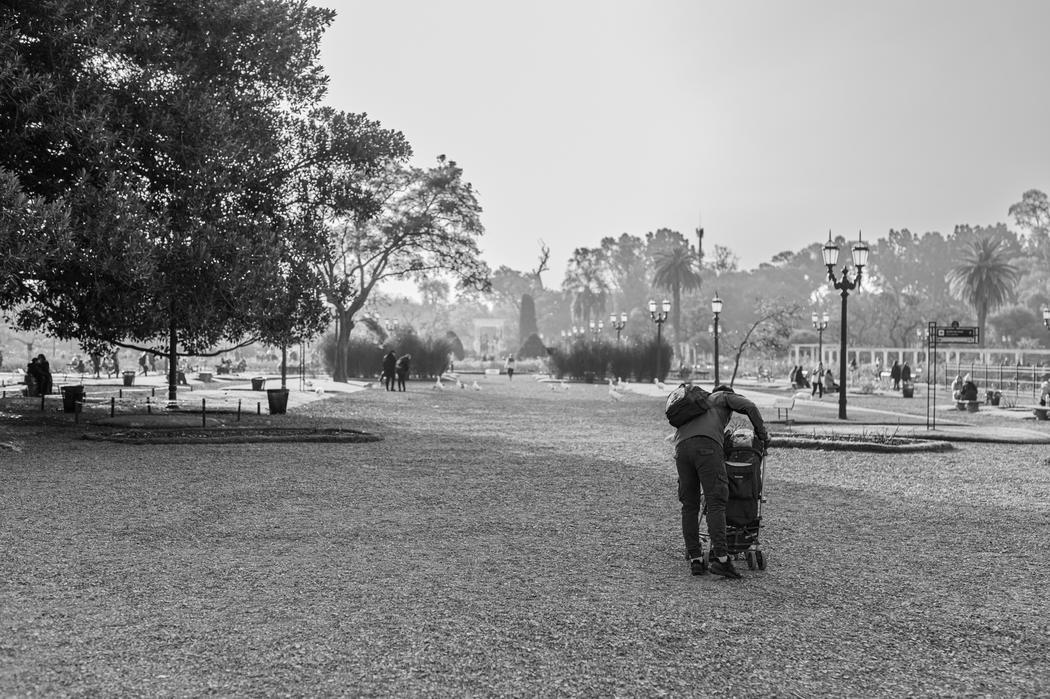
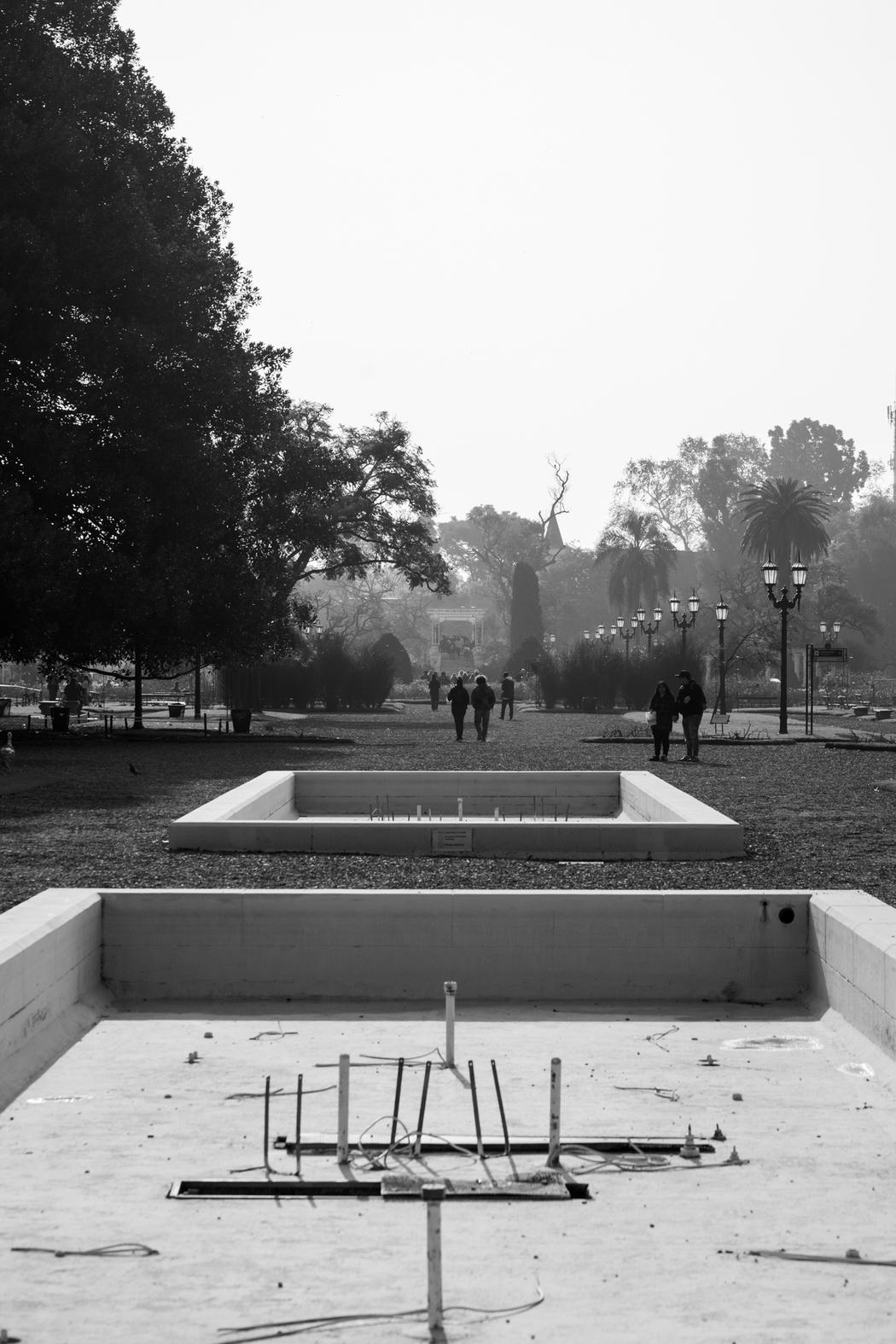
Leave a Reply